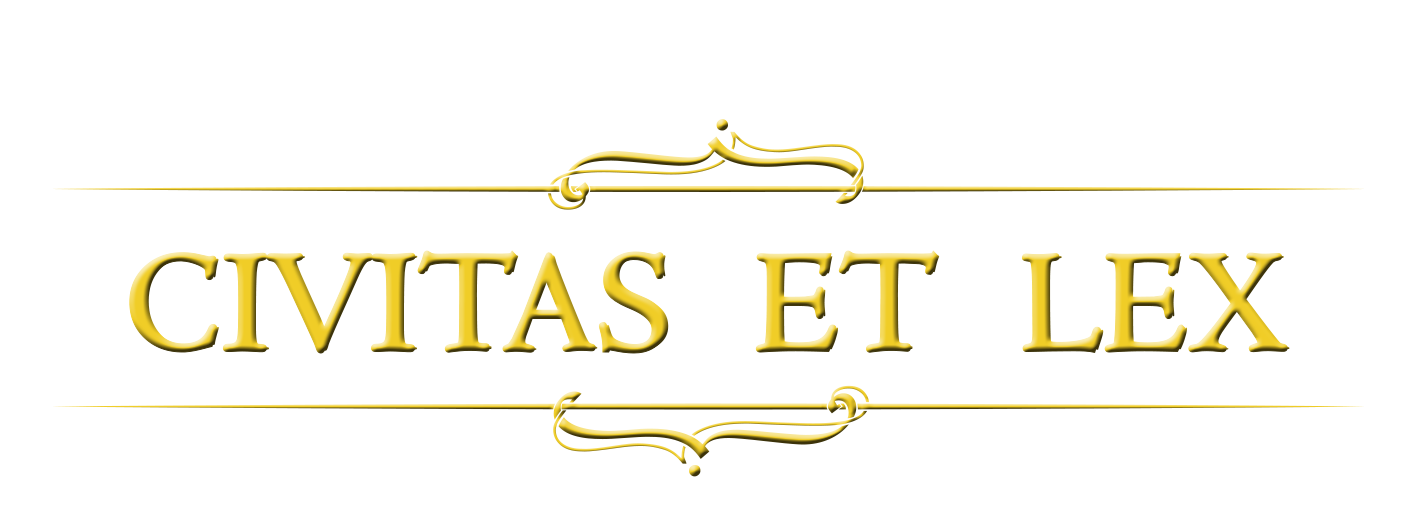E. Nowińska, Zwalczanie nieuczciwej reklamy, Kraków 2002
Google Scholar
J. Meller, Product placement, [online] <http://market.wzr.pl/kursy/product_placement/zalety.html> dostęp: 14.06.2013
Google Scholar
K. Dudziak, J. Krzeszewski, Lokowanie produktu sposobem na zwiększenie sprzedaży, [online <http://prawo.rp.pl/artykul/815850.html?p=1>, dostęp: 21.06.2013
Google Scholar
W. Pisarek, Słownik terminologii medialnej, Kraków 2006
Google Scholar
A. Choliński, Product placement. Planowanie, kreacja i pomiar skuteczności, Warszawa 2013
Google Scholar
A. Czarnecki, Product placement: niekonwencjonalny sposób promocji, Warszawa 2003
Google Scholar
A. Grzegorczyk, Product placement, czyli jak Smirnoff został gwiazdą filmową, [online] <http://www.wsp.pl/index.php?dzial=poza_uczelnia&dzial2=publicystyka&podst=promenada_2002_12_product_placement, s. 2>, dostęp: 14.06.2013
Google Scholar
J.S.V. Mas, Hollywood i marki. Product placement w kinie amerykańskim, Warszawa 2010
Google Scholar
M. Kozielski, Lokowanie na śniadanie, „Press” 12(2012)
Google Scholar
S.P. Morreale, B.H. Spitzberg, J.K. Barge, Komunikacja między ludźmi. Motywacja, wiedza, umiejętności, przeł. P. Izdebski, Warszawa 2008
Google Scholar
A. Jachnis, J.F. Terelak, Psychologia konsumenta i reklamy, Bydgoszcz 2002
Google Scholar
K. Hogana
Google Scholar
J. Speakmana Ukryta perswazja. Psychologiczne taktyki wywierania wpływu, tłum. D. Kuczyńska--Szymala, Gliwice 2007
Google Scholar
D. Ojcewicz, Product placement jako nowoczesna forma reklamy w serialu telewizyjnym, UWM, Olsztyn 2014
Google Scholar
J. Janus-Konarska, Obraz telewizyjny jako strategia nadawcza dyskursu, w: Komunikacja wizualna w prasie i w mediach elektronicznych, pod red. K. Wolnego-Zmorzyńskiego, Warszawa 2013
Google Scholar
„Społeczne reakcje na technologie komunikacyjne” Byrona Reevesa i Clifforda Nassa. Zob. B. Reeves, C. Nass, Media i ludzie, tłum. H. Szczerkowska, Warszawa 2000
Google Scholar
E. Aronson, Człowiek – istota społeczna, przeł. J. Radzicki, Warszawa 1978
Google Scholar
K. Grzybczyk, Lokowanie produktu. Zagadnienia prawne, Warszawa 2012,
Google Scholar
K. Cymanow-Sasin, Metafory we współczesnej reklamie, Toruń 2010,
Google Scholar
K. Albin, Reklama. Przekaz, odbiór, interpretacja, Warszawa−Wrocław 2000,
Google Scholar
A. Jachnis, J. F. Terelak, Psychologia konsumenta i reklamy,
Google Scholar
D. Doliński, Psychologiczne mechanizmy reklamy, Gdańsk 2003
Google Scholar
E. Berscheid, E. Walster, Physical attractivenes, New York 1974, [online] , dostęp: 21.09.2013
Google Scholar
P.G. Zimbardo, F.L. Ruch, Psychologia i życie, tłum. J. Radzicki, Warszawa 1994
Google Scholar


 https://doi.org/10.31648/cetl.2290
https://doi.org/10.31648/cetl.2290